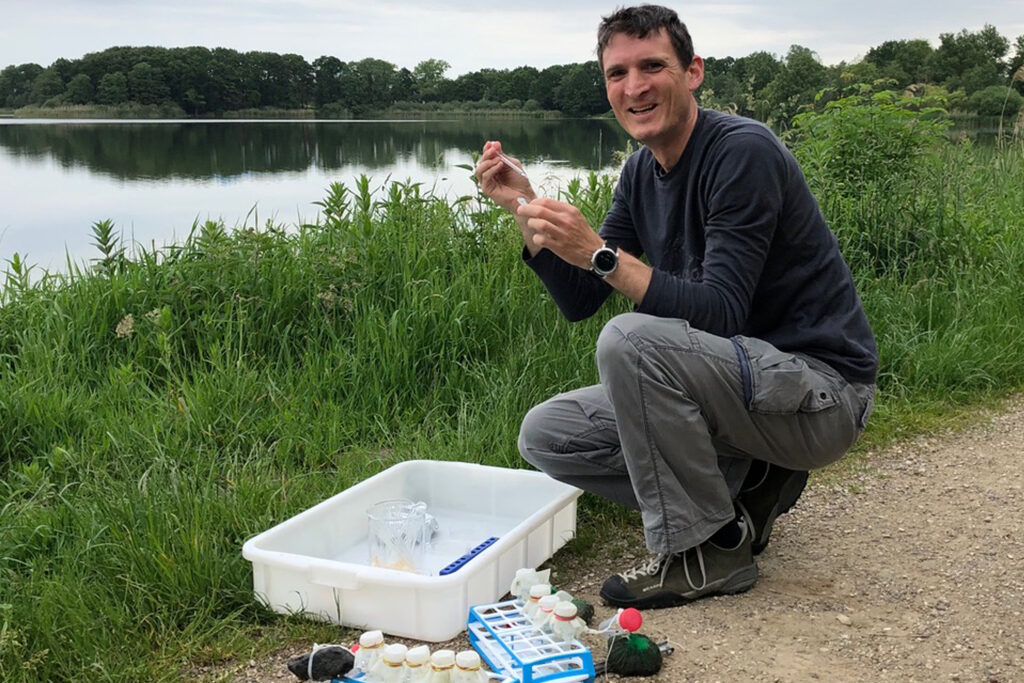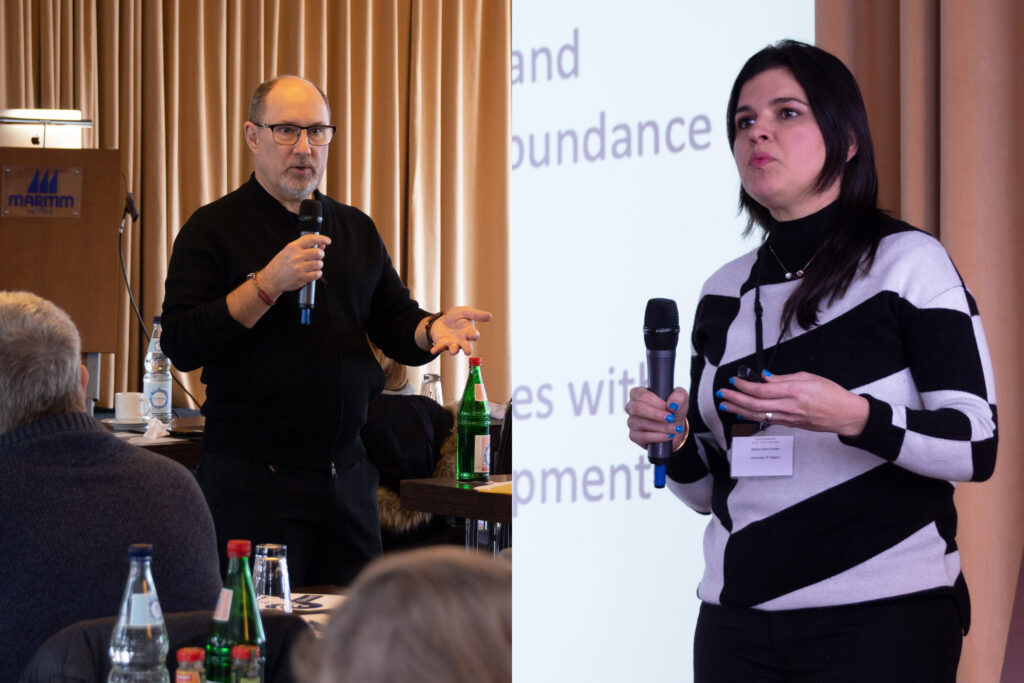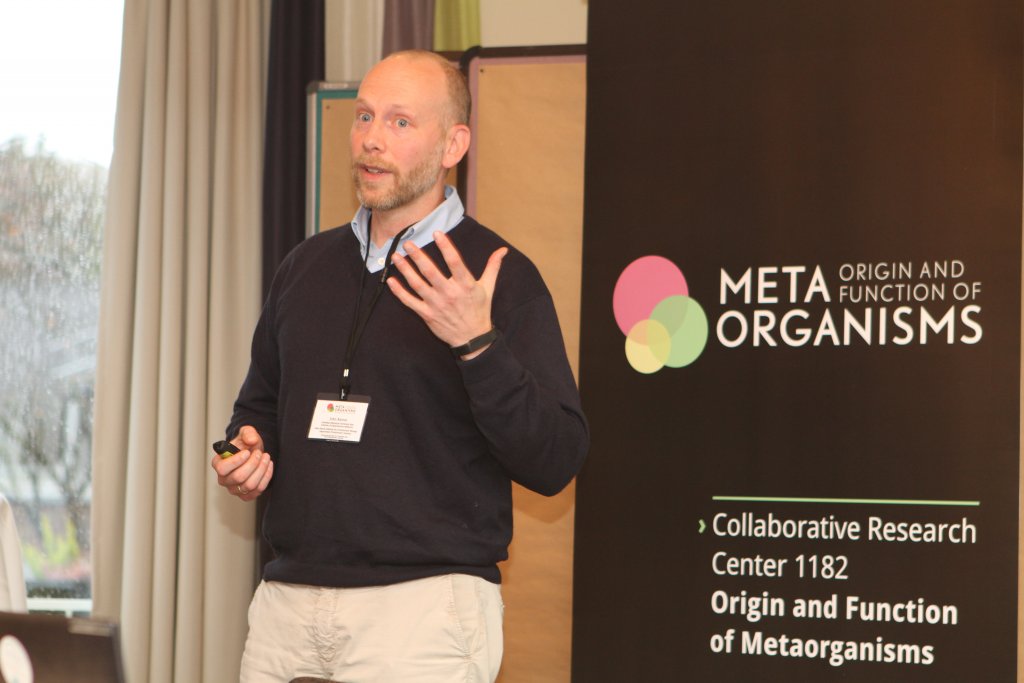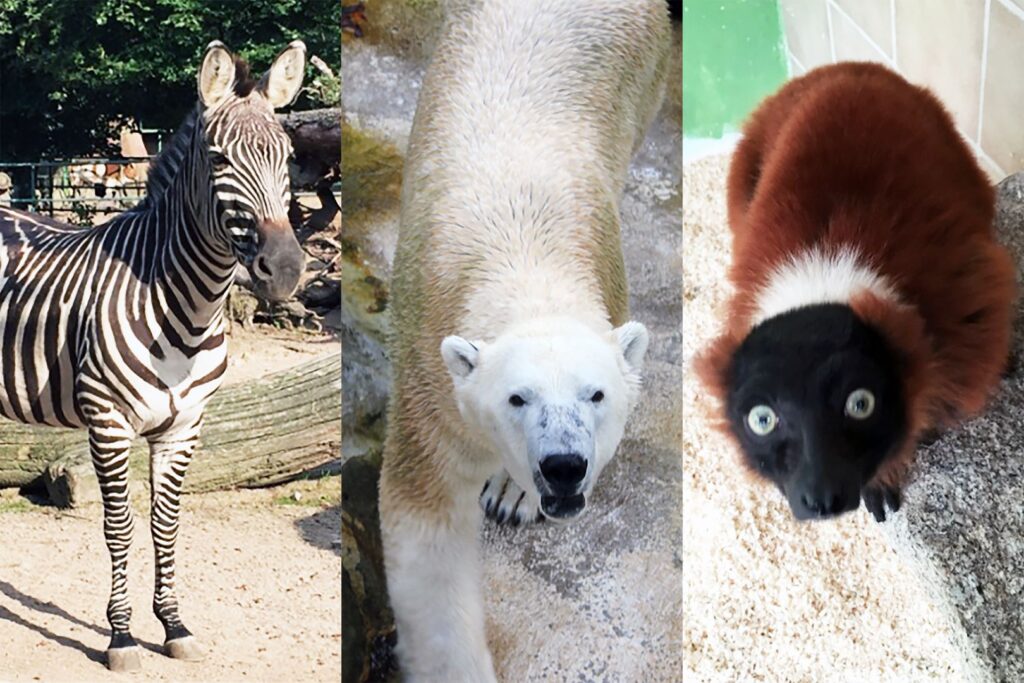Microbial carrying capacity is decisive for health and disease
Using the freshwater polyp Hydra as an example, a research team at Kiel University explores basic principles in the formation of the microbiome
Every multicellular creature in the world is populated by an unimaginably large number of microorganisms and has evolved together with them over the course of the earth’s history. The natural microbiome, i.e. the totality of these bacteria, viruses and fungi that live in and on a body, is of fundamental importance for the entire organism: On the one hand, for example, it performs vital tasks for the host organism, from supporting food intake to protection against pathogens. On the other hand, disturbances of the microbiome can cause various serious diseases, in humans for example diabetes, Crohn’s disease or other chronic inflammatory diseases. For several years, researchers worldwide have therefore been intensively studying the highly complex interactions of host organisms and microorganisms and their involvement in central life processes. A particular challenge is to define the normal composition of a healthy microbiome.
A research team from the Cell and Developmental Biology group at Kiel University has now succeeded in taking an important step along this path: using the freshwater polyp Hydra as an example, the researchers around Professor Thomas Bosch investigated the basic principles that apply when a microbiome assembles in an organism. To this end, they carried out time-series experiments with the two most common types of bacteria (Curvibacter and Duganella) of the Hydra microbiome and observed how they interact with each other and with their surroundings when growing in an artificial environment. Then they compared the simultaneous colonisation of the two bacteria on the host. The research team was able to show that the natural microbiome composition can only be created under the specific living conditions of the host – in other words, that the environment exerts a decisive influence on the microbiome. The scientists of the Collaborative Research Centre (CRC) 1182 “Origin and Function of Metaorganisms” today published their results in the journal mBio.
A new investigative approach
The microbiome of a living being forms an independent ecosystem that is stable under normal conditions. The specific composition and frequency of the different microbial species present influence vital functions and health of the host organism. How these characteristic patterns of microbial composition come about is currently a subject of intensive research. The Kiel research team used a new approach based on time-series observations of a newly emerging artificial microbiome: “We have broken down Hydra’s simple microbiome into its components, so to speak, and recreated a simplified model of the interactions of the dominant bacterial species in a test tube: interestingly Duganella and Curvibacter could not coexist under these conditions, Curvibacter always went extinct,” emphasises first author Dr Peter Deines, former scientist in the Cell and Developmental Biology group and member of CRC 1182. “In the artificial environment, Duganella always prevails against Curvibacter and outcompetes it over time thanks to its advantage in fitness,” Deines continues. This enabled the researchers to determine the basic population dynamics of these two bacteria in direct contact with each other and subsequently use this information to deduce the influence of the host environment on the bacterial composition.
To this end, the researchers from Kiel colonised sterile hydras with the two bacteria, i.e. animals that had been freed from their microorganisms. “This showed a completely different picture, as Curvibacter could co-exist with Duganella on the host animal, but still not in the composition that is normally found in nature. This suggests that the rare bacteria of the microbiome play an essential role here,” emphasises Deines, whose work was supported by a Marie Curie grant from the European Union. This clear effect leads to the conclusion that both bacterial species can only stably coexist in the ecosystem of the host organism and as part of the entire bacterial community. This host effect is possibly due, among other things, to the spatial distribution of the different bacteria within the body.
Systems biology of host-microbe relationships
The work now presented is also significant from a methodological point of view. The DNA sequencing of the existing microorganisms, which is often used to determine the microbial composition, is in principle only a snapshot in which the temporal development of population dynamics is largely lost. However, it is important for the understanding of the microbiome composition to look at the temporal sequence, as in the experiments of the Kiel researchers. Their work is thus based on the one hand on the observation of microbial population development over time, and on the other hand on a simplification of the interactions within the microbiome in the sense of a systems biology approach. In this way, individual components of simple model organisms in particular can be separated from the overall system of the microbial community and combined according to the modular principle in order to be able to understand the principles of their interaction by means of this simplification.
In this way, the Kiel research team was also able to determine the maximum carrying capacity of the ecosystem within the host organism and thus identify an important component for describing a normal state of the microbial community. “The microbial carrying capacity of a host is an important variable of its health status that has received little attention in previous research,” emphasizes CRC 1182 spokesperson Bosch. “Many diseases, including those affecting humans, occur when this carrying capacity is exceeded or undercut – for example, intestinal diseases, which are characterized by the harmful growth of certain types of bacteria in the digestive tract that is too strong and disproportionate,” Bosch continues. Initial indications in the Hydra model system also suggest that certain symptoms of disease can be positively influenced by a change in diet and its effect on the composition of the microbiome. In further research, the members of the Kiel CRC 1182 plan to investigate these relationships between microbial carrying capacity and health status in various organisms in more detail, in order to be able to derive possible therapeutic interventions in the microbiome in the future.
Original publication:
Deines P, Hammerschmidt K, Bosch TCG (2020): Microbial species coexistence depends on the host environment. mBio First published 21 July 2020
DOI: 10.1128/mBio.00807-20
Photos are available for download:
www.uni-kiel.de/de/pressemitteilungen/2020/180-deines-mbio-author.jpg
Caption: First author Dr Peter Deines investigated the basic principles that apply when a microbiome assembles in an organism.
© Dr Peter Deines
www.uni-kiel.de/de/pressemitteilungen/2020/180-deines-mbio-hydra.jpg
Caption: Using the freshwater polyp Hydra as an example, researchers recreated a simplified model of the interactions of the dominant bacterial species within the microbiome.
© Dr Alexander Klimovich
Contact:
Dr Peter Deines
Marine Symbioses Research Unit, GEOMAR Helmholtz-Centre for Ocean Research Kiel
Tel.: 0431-600-4485
E-Mail: pdeines@geomar.de
Prof. Thomas Bosch
Speaker CRC 1182 „Origin and Function of Metaorganisms“,
Kiel University
Phone: +49 (0) 431-880-4170
Email: tbosch@zoologie.uni-kiel.de
More information:
AG Bosch, Kiel University:
www.bosch.zoologie.uni-kiel.de





